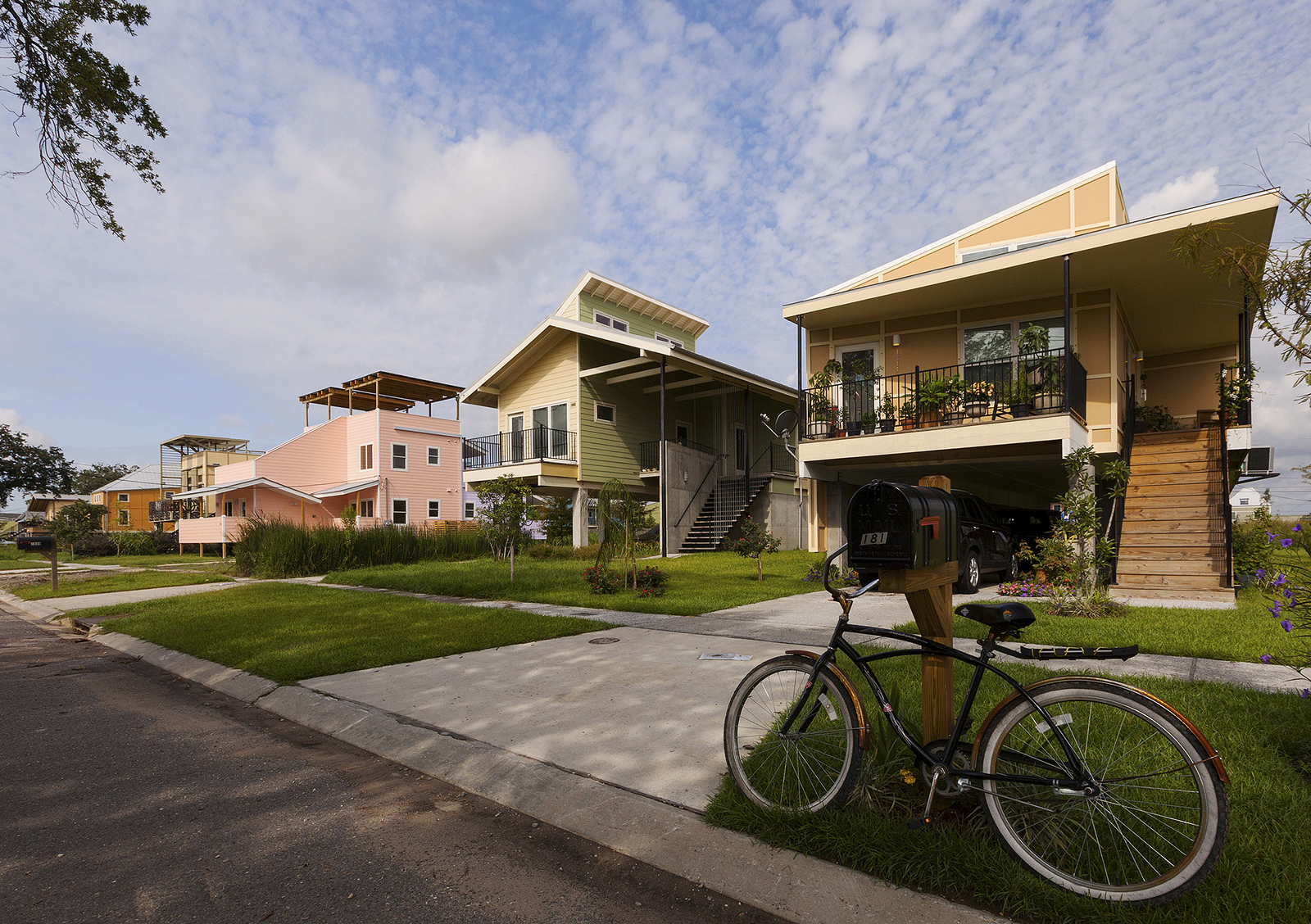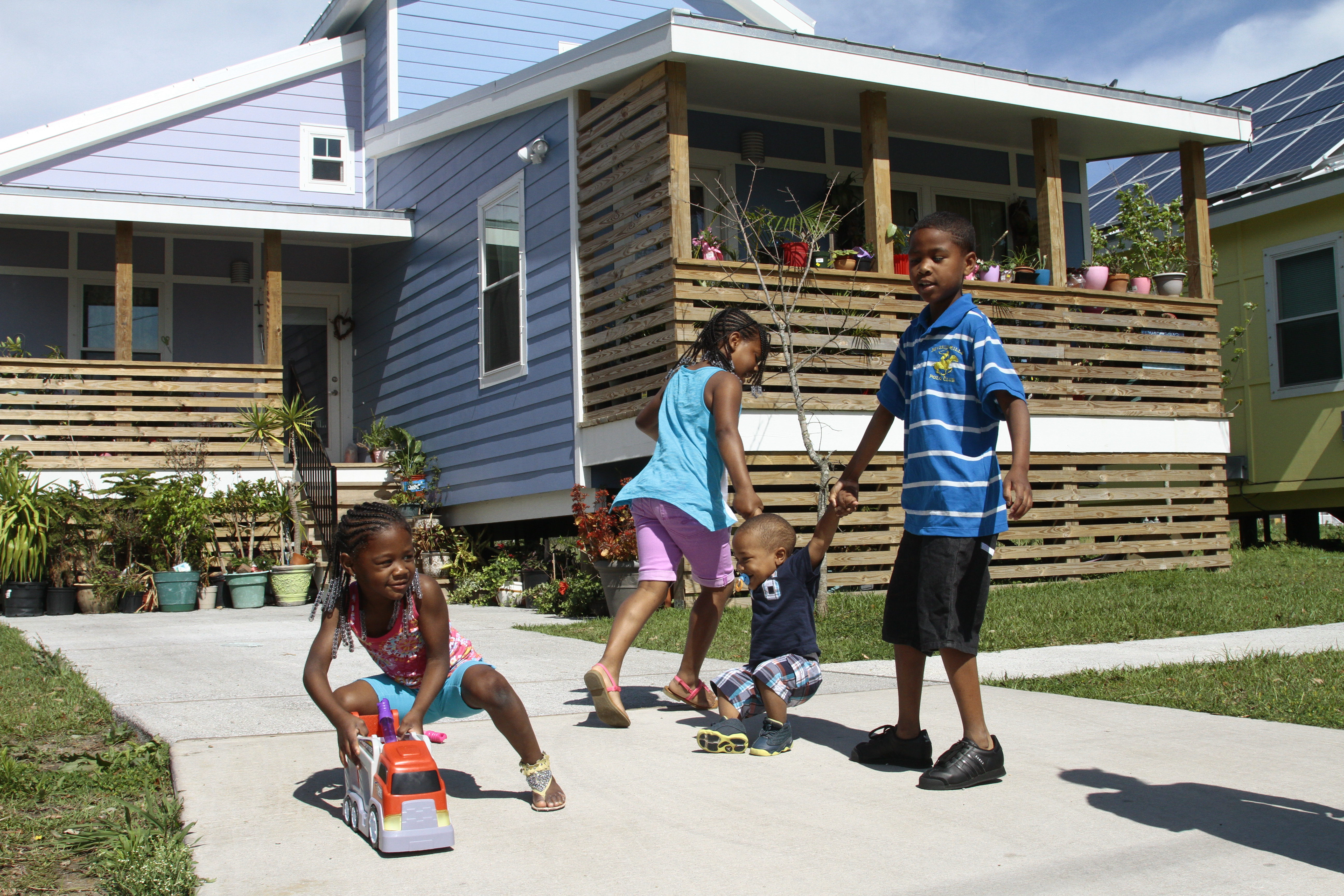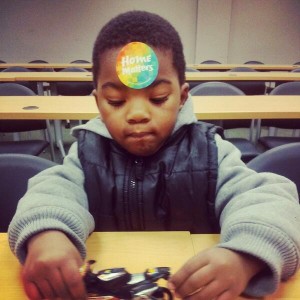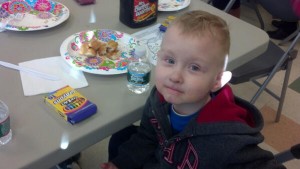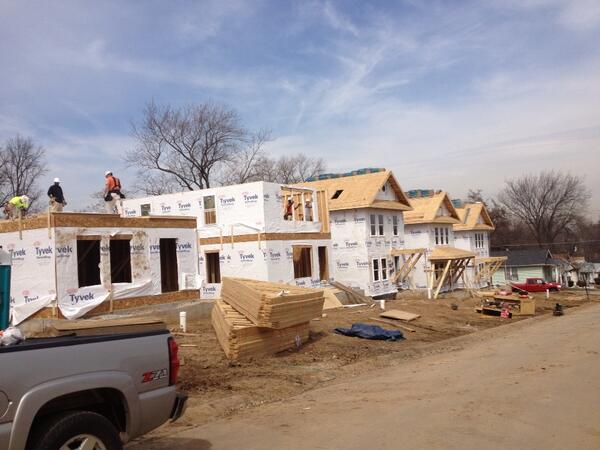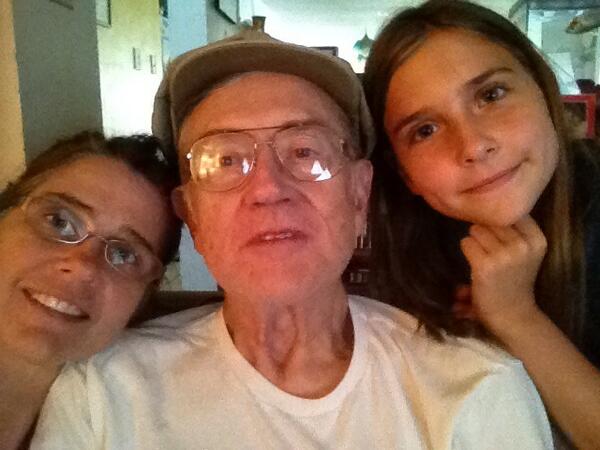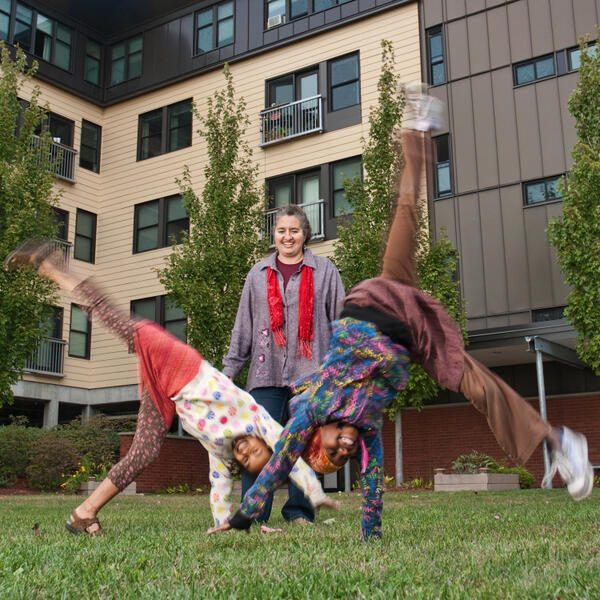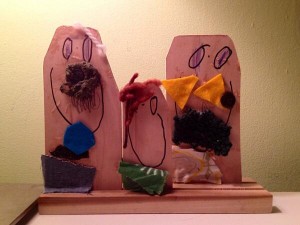Ten years ago Hurricane Katrina devastated the city of New Orleans. Brad Pitt launched Make It Right over two years later in 2007 to help rebuild the Lower Ninth Ward, arguably the neighborhood hardest hit by the storm. Despite the disproportionate level of devastation, displaced Lower Ninth Ward residents were determined to come home and rebuild. As someone who loves the city and especially its people and culture, Brad vowed to help them rebuild more sustainably than before. Inspired by architect Bill McDonough and the book he co-authored, Cradle to Cradle, Brad set the bar high – these new homes had to be resilient, beautiful, healthy and safe for people and the environment…and affordable. Too many view those requirements as mutually exclusive, but for Brad, it was the just the starting point, not the finish line. Brad sees this as a social justice issue; he believes that everyone has the right to live in safe, healthy, high-quality housing, and he saw this effort as nothing less than the opportunity to change the way affordable housing is built. Perhaps most importantly, he realized these aspirational goals could only be accomplished in partnership with the community. Post-Katrina, many planning efforts fell by the wayside as local needs were minimized or ignored. So Brad decided to start there.
I was building houses in North Carolina when I first heard about Brad’s vision from Bill McDonough. I offered to volunteer for a few weeks to help develop a plan. That was nearly nine years ago, but a year of that time was spent working in the Lower Ninth with homeowners and community leaders, learning about their neighborhood, the risks it faces and the opportunities to build back better.
Brad is passionate about design, and realized that any good new design should be grounded in the cultural and environmental context of the Lower Ninth Ward community. At the same time, he saw a unique chance to tap volunteer architects from all over the world, guided by local vernacular, to bring a new perspective on sustainable and resilient design through a series of community-led design charrettes. We originally invited thirteen architecture firms to lend their time and expertise, hoping a few would agree. They all said yes and we ended up with an amazing assortment of both local, national and international firms. Since then, we have expanded our design portfolio in New Orleans to include the work of over twenty-five volunteer firms.
This was not a competition; the only designs to be built would be chosen (and purchased) by a displaced Lower Ninth Ward family seeking to come home. Our team of NeighborWorks-trained homeownership counselors works with each of these families to develop an affordable loan tailored for their needs. Brad insisted this program be a hand up, not a hand out, even though it would have been faster and easier to simply give houses away.
Early on, we chose LEED for Homes as a way to codify what it meant to “build green,” and we set our sights on Platinum, as our minimum. Since we started building in 2008, Make It Right has finished 109 LEED Platinum homes for former Lower Ninth Ward residents, teachers, and first responders. We started by designing and building the best houses possible, then working our way towards affordability. We’ve learned many lessons along the way, and we seek to share those lessons with other communities in need. You can learn more about our lessons-learned and our design approach at makeitright.org. Now, we’ve expanded our work to underserved communities in Newark, NJ, Kansas City, MO and the Native American Reservation at Fort Peck, MT. Our community-led design approach has guided each of these efforts, and that is the most important design lesson we learned from Katrina.
When I heard about Home Matters and their mission to improve peoples’ lives by changing the definition of home, it reminded me a lot of where Make It Right started and the core beliefs that we hold today. So I was eager to participate in Home Matters’ first-ever Design Challenge to set an example for how affordable homes and better communities should be built.
“The Home Matters approach is inherently aspirational…by demonstrating how all housing & communities should be designed.”TWEET THIS
Home Matters recognizes that we must all work together to get there. Someone needs to set the bar high for the future of affordable housing. Someone must go first. I hope that both Home Matters and Make It Right can continue to push the envelope, because we believe that achieving higher quality, healthier, more sustainable, affordable homes and communities should be a never ending goal.

